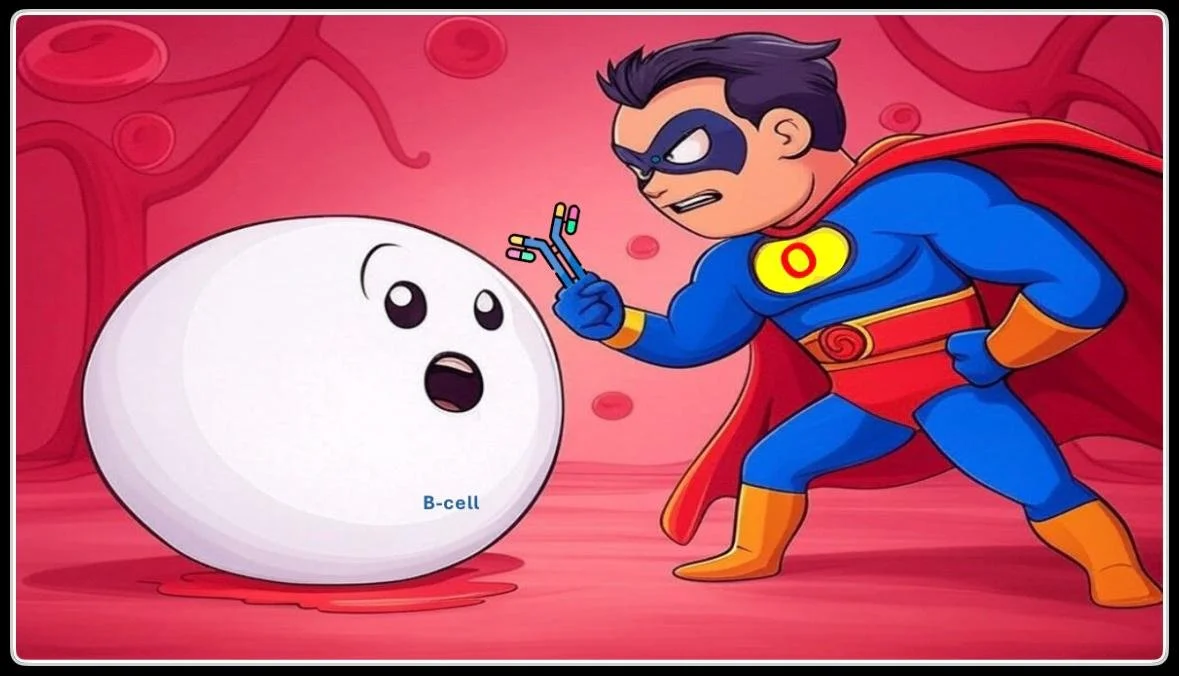The last NephJC of the year brought us a cool discussion on if cooling dialysate could help mitigate the effects of intradialytic hypotension. Get caught up with the chat in the latest edition of #TenTweetNephJC.
This week, we will discuss another target trial emulation study. The FDA says to stop metformin at a GFR of 30. Are they right?

This week, we will discuss the first iteration of KDIGO’s 2025 guidelines on ADPKD. These guidelines are a result of a decade of global collaboration between physicians, researchers, advocates, and patients. The guidelines incorporate ADPKD-specific care as well as many general CKD management practice points.

This week, we will celebrate in advance World Kidney Day by discussing the results of OBInutuzumab in active lupus nephritis. The LUNAR trial (rituximab versus placebo) was “almost” positive, but not quite there. Would Obi overpower its cousin ritux? ✨

This week, we will continue with February’s aldosterone leitmotif: do mineralocorticoid receptor antagonists (MRAs) truly blind the diagnostic in unilateral hypraldosteronism? Is this the article the mythbuster? Draw your own conclusions



